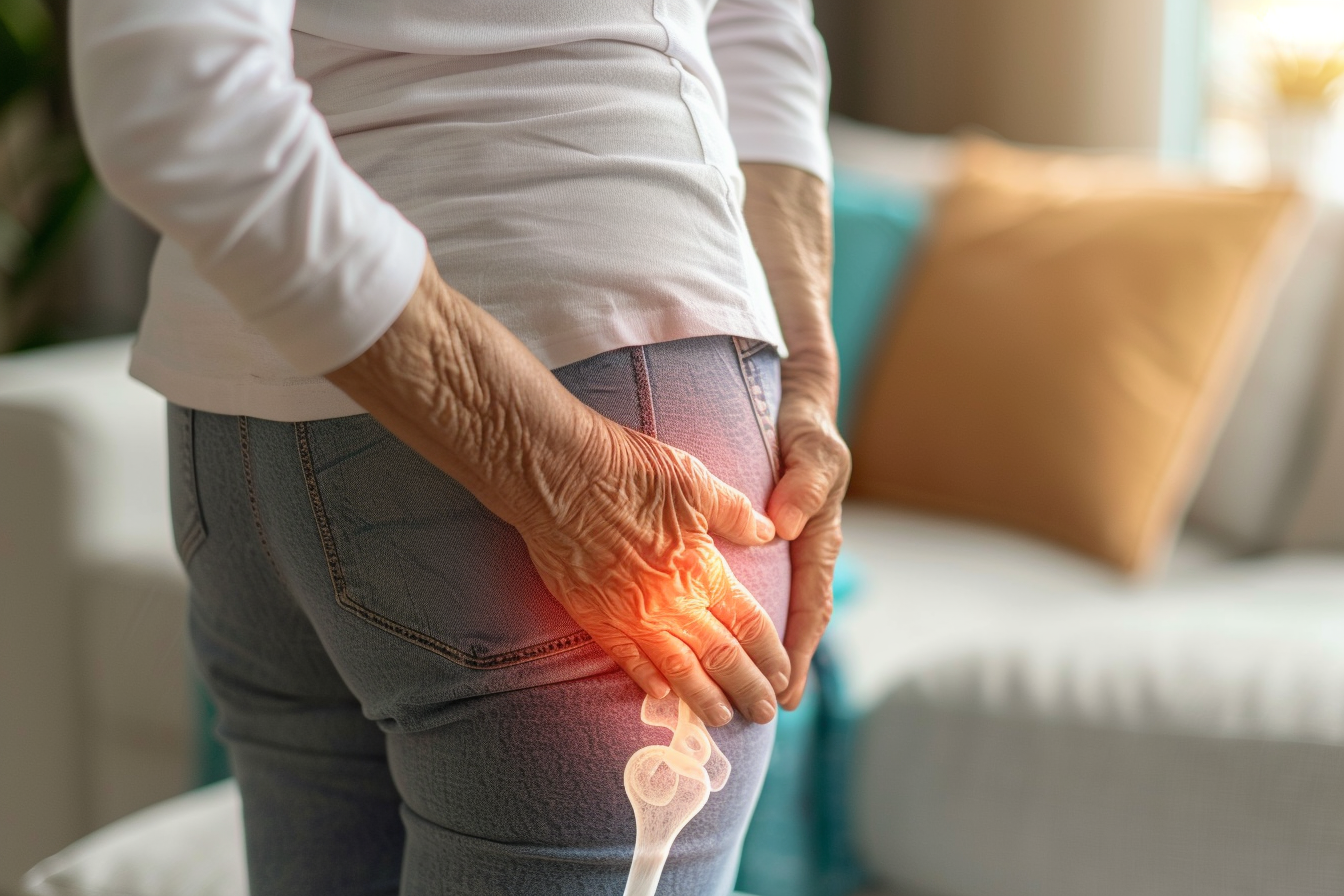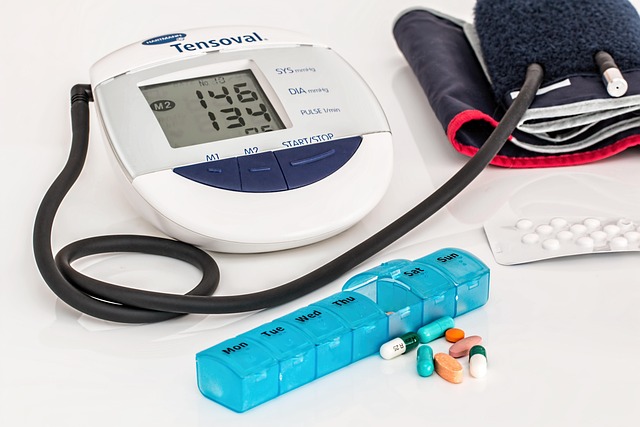Understand Hip Bursitis Causes & Its Impact On Your Health
Hip bursitis is a challenging condition that can significantly affect an individual's mobility and quality of life. This painful inflammation of the bursae, small fluid-filled sacs that cushion the hip joint, can create ongoing discomfort and limit daily activities. Understanding its causes, symptoms, and management strategies is crucial for those experiencing persistent hip pain.

What is Hip Bursitis?
Hip bursitis refers to inflammation of the bursae in the hip region. The hip has two major bursae: the trochanteric bursa, which covers the bony point of the hip called the greater trochanter, and the iliopsoas bursa, located on the inside (groin side) of the hip. When these protective sacs become inflamed, they fill with excess fluid and cause pain and discomfort.
The trochanteric bursitis, which affects the outer hip, is the more common form and typically causes sharp pain that may later become a dull ache. Iliopsoas bursitis affects the groin area and may cause pain when climbing stairs or bringing the knee toward the chest. Both types can significantly impact daily activities and reduce mobility if left untreated.
Hip Bursitis Causes
Several factors can contribute to the development of hip bursitis. Age is a significant risk factor, as bursitis becomes more common as people get older, particularly in those over 40. Women are also more likely to develop trochanteric bursitis due to differences in hip anatomy.
Physical factors that can cause or contribute to hip bursitis include:
-
Repetitive stress or overuse of the hip joint
-
Hip injuries from falls or direct trauma to the hip area
-
Leg-length discrepancies that alter walking mechanics
-
Poor posture or improper walking technique
-
Bone spurs or calcium deposits that irritate the bursa
-
Rheumatoid arthritis, gout, or other inflammatory conditions
-
Previous hip surgery or hip replacements
-
Spine diseases that affect posture and gait
Additionally, certain activities increase the risk, including running on uneven surfaces, climbing extensive stairs, or excessive bicycling. Occupations requiring prolonged standing or repetitive hip movements may also contribute to bursitis development.
Impact of Hip Bursitis on Your Health
Hip bursitis can significantly affect daily functioning and overall quality of life. The most immediate impact is pain, which can range from sharp and intense to a persistent dull ache. This pain typically worsens with activity, particularly when walking, climbing stairs, or lying on the affected side.
Beyond pain, hip bursitis can lead to:
-
Reduced mobility and difficulty walking
-
Sleep disturbances due to pain when lying down
-
Decreased ability to perform regular exercise
-
Limitations in daily activities and self-care
-
Secondary issues from altered gait patterns, including knee, back, or ankle problems
-
Psychological impacts such as frustration, anxiety, or depression from chronic pain
If left untreated, chronic hip bursitis can lead to persistent inflammation, weakened muscles around the hip, and increased risk of falls in older adults. This can create a cycle where decreased activity leads to muscle weakness, which can further exacerbate joint problems.
Hip Bursitis Diagnosis
Diagnosing hip bursitis typically begins with a thorough medical history and physical examination. During the examination, a healthcare provider will assess hip mobility, check for tenderness around the hip joint, and observe gait patterns.
The diagnostic process may include:
-
Physical tests like pressing on the affected area to check for tenderness
-
Range-of-motion assessments to evaluate hip flexibility and pinpoint pain triggers
-
Imaging tests to confirm diagnosis and rule out other conditions:
-
X-rays to check for bone abnormalities or calcium deposits
-
MRI or ultrasound to visualize soft tissue and detect inflammation
-
Bone scans in less common cases to identify areas of bone inflammation
-
It’s important to get an accurate diagnosis, as hip bursitis symptoms can mimic other conditions like hip osteoarthritis, tendinitis, stress fractures, or referred pain from the lumbar spine. A proper diagnosis ensures appropriate treatment and prevents unnecessary procedures or medications.
Hip Bursitis Management at Home
Many cases of hip bursitis can be effectively managed with home treatments, especially when implemented early. Self-care measures can reduce pain and inflammation while promoting healing:
Rest and activity modification are crucial first steps. Avoid activities that worsen symptoms, particularly those involving repetitive hip movements. However, complete inactivity is not recommended, as gentle movement helps maintain strength and flexibility.
Apply ice to reduce inflammation, particularly during acute flare-ups. Use ice packs for 15-20 minutes several times daily. After the initial acute phase, some people find heat therapy helpful for relaxing tight muscles around the hip.
Over-the-counter pain relievers such as ibuprofen, naproxen, or acetaminophen can help manage pain and reduce inflammation. Always follow dosage guidelines and consult with a healthcare provider before starting any medication regimen.
Gentle stretching and strengthening exercises can help maintain hip mobility and stability. Focus on exercises that strengthen the hip abductors (outer hip muscles) and improve flexibility without aggravating symptoms. Working with a physical therapist can ensure exercises are performed correctly and tailored to individual needs.
Lifestyle modifications may also help prevent recurrence:
-
Maintain a healthy weight to reduce pressure on the hip joints
-
Wear supportive footwear with proper cushioning
-
Use assistive devices like a cane if needed during recovery
-
Consider ergonomic adjustments to workspaces and daily activities
-
Apply proper body mechanics during lifting, standing, and walking
This article is for informational purposes only and should not be considered medical advice. Please consult a qualified healthcare professional for personalized guidance and treatment.




